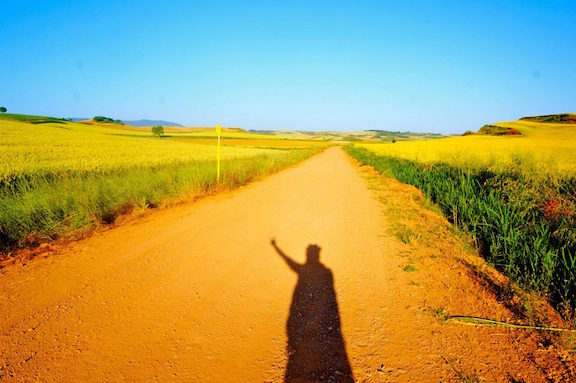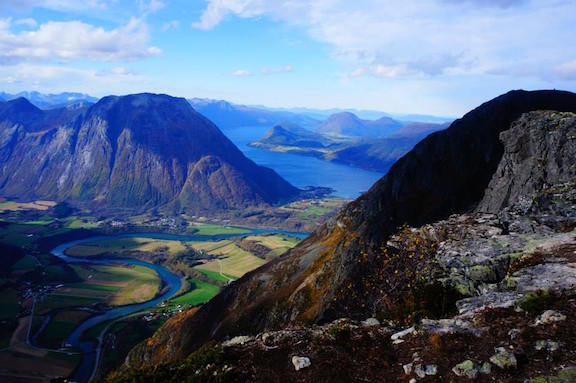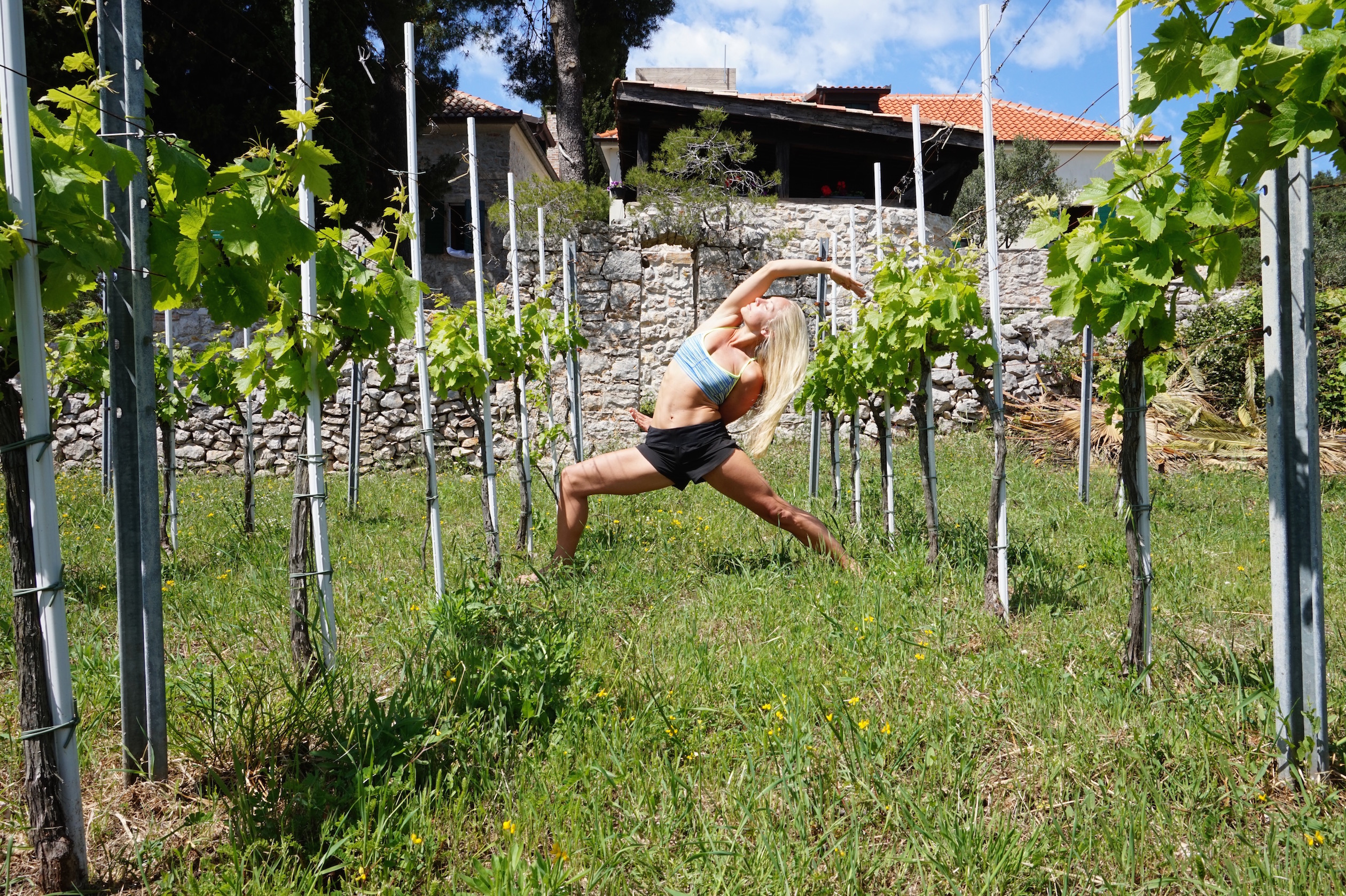
From Vinyasa Flow To A Moving Meditation
March 5, 201775% of people do not breath properly! 75%! That is over half of our population. The common person only uses ½ of their lung capacity. That is just sad…
One of the biggest struggles that I recognize in my students is maintaining the proper breath throughout a full class. In fact, I notice that many students often hold their breath during uncomfortable and challenging asanas! As the brain directly affects the respiratory system when a person gets anxious or fearful.
One of yoga’s core goals is to re-learn how to breathe, and this time properly! Unfortunately, no one teaches us how to breathe as children. Why should they, its second nature, right?
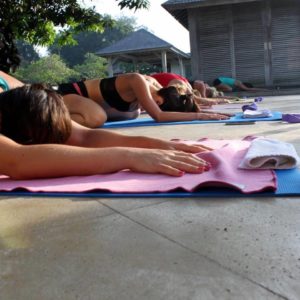
Stay still and count your natural breath
Well yes, it is second nature, but somewhere along the line the human race has done a wonderful job forgetting, or never learning. Welcome to the 21st century. It has done a number on the bodies of human being. Stress, bad posture, lack of rest, too much time in a chair and never slowing down are just a few of the negative behaviors our current world has gifted us with. All of this, and more, directly impact the way we breathe.
One question is why is proper breath so important? Well, for one, every cell in our body requires a balance level of oxygen and carbon dioxide to maintain homeostasis. If not, your entire system can get thrown out of wack. Unbalanced oxygen levels lead to anxiety, insomnia, confusion, restlessness, headache, lack of coordination, dizziness, elevated blood pressure, rapid heart rate and more!
So how do we improve this worldwide problem? We can begin by understanding breath.
Respiratory System 101:
The reparatory system is beautifully intricate, comprised of many parts, nasal cavity, pharynx, larynx, trachea, primary bronchi, lungs and the diaphragm, functioning together to ultimately take in oxygen, and release carbon dioxide. Lets focus on the most important of these for yoga breath, the nose, lungs and the diaphragm.
The nose begins the process of taking in oxygen, therefore, it should be clear! Primarily before a yoga class. When I did my yoga teacher training in India, we cleaned our nose with a neti pot filled with saline water every morning to open up our nasal cavity. You want to make sure there is no blockage, so you can breath easy!
The lungs are the primary organs used to breath. We have two lungs placed near the backbone on either side of the hearth. They are in charge of taking in and transporting oxygen into the bloodstream and releasing carbon dioxide from the blood back into the atmosphere.
The diaphragm is the main muscle behind respiration. It is a dome shaped sheet of muscle separating the abdomen and the chest located in the thoracic cavity that facilitates the rhythm of breath and brings the lungs to life.
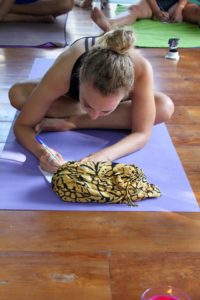
Study breath and the body
My biggest piece of advice to new yoga practitioners, and old, is that practice makes perfect. I would study your own body and natural breath processes to see where you are. And if it makes you feel better, I was doing yoga for nearly 8 years before I totally grasped the concept of breath. I had to sit for 3 hours a day and breathe through a 6-week teacher training emersion in India to understand it correctly.
Who’s got time for that, you’re asking? And you are right about that. So start slow, and devote your next couple practices to only your breath. Forget mastering your handstands and warriors for a while, and give your respiratory track some much-needed love.
Start by practicing the tri-level yogic breath, including abdominal, thoracic and clavicle breath. Expand your lung capacity, and learn to calm your nervous system with that abdominal or “Buddha Belly” breath.
Once you see the improvement is your well-being and health, I promise, you will realize it was worth the time, effort and patience.


